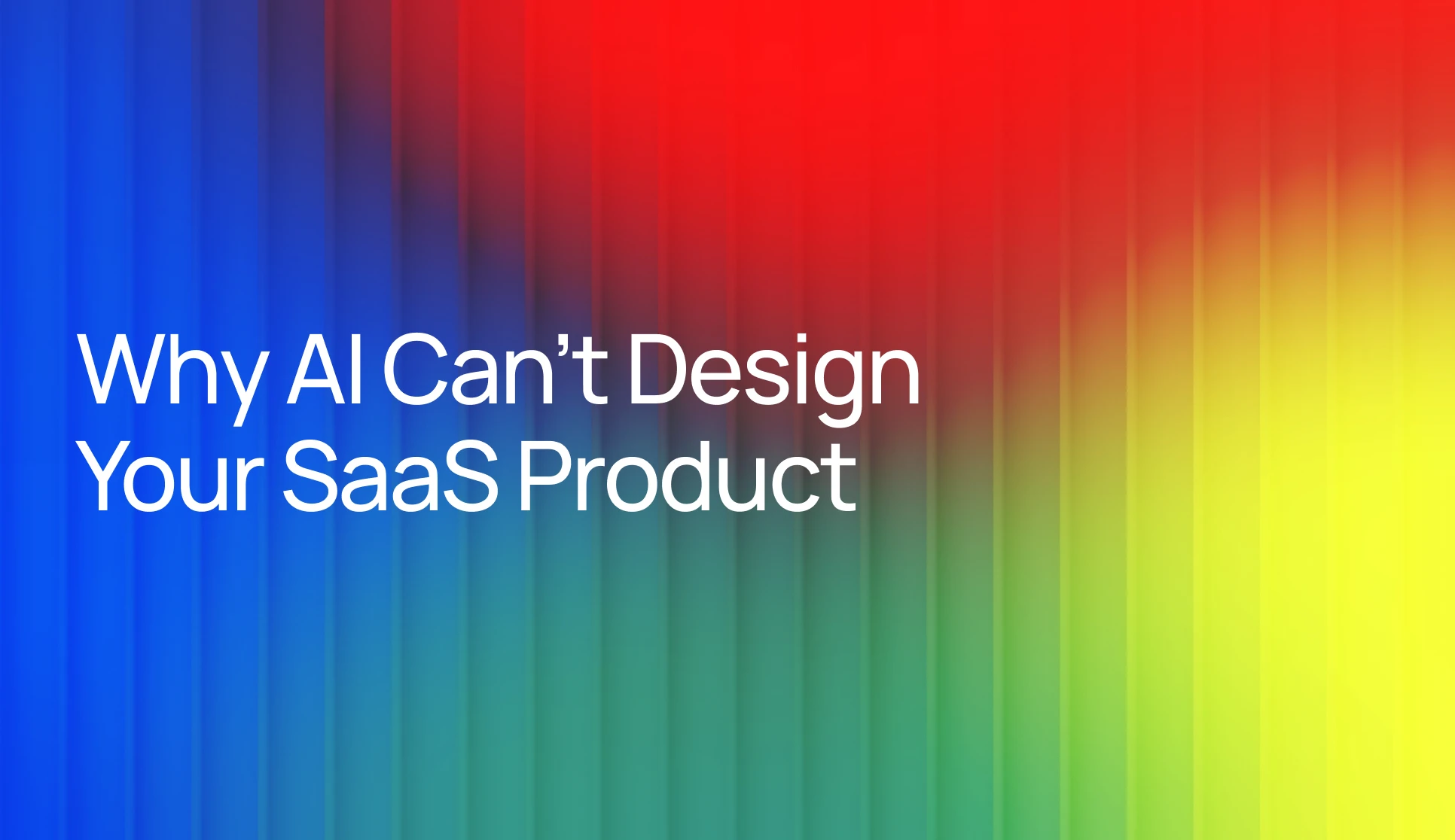Every few months, someone asks me this — “Why would a startup still hire a SaaS Product designer when AI tools can already make the interface?”
It’s a fair question. The world is changing fast. AI can now generate beautiful layouts, color palettes, and even clickable prototypes in seconds.
You can type a prompt like “Dashboard UI for a marketing SaaS” and—bam—Figma fills up with polished screens.
So yeah, at first glance, it almost feels redundant to bring in a human designer. But the truth is…
AI can make UI. It just can’t make a product.
Let me explain why AI can’t replace a SaaS product designer.
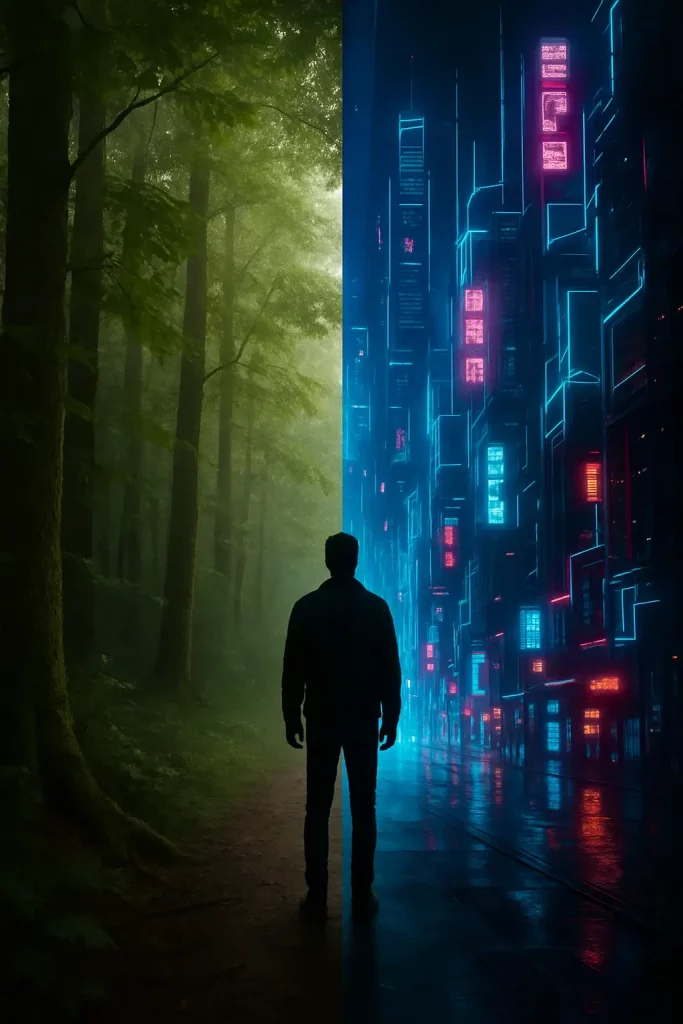
The difference between a pretty screen and a good product
Here’s something I’ve noticed (and maybe you have too): AI tools tend to produce interfaces that look “right” but somehow feel… hollow. Everything aligns perfectly, but nothing quite connects.
That’s because UI is only the visible surface. A SaaS product designer, on the other hand, isn’t hired to make something look good.
Their real job is to make sure it works for real people — customers who have goals, frustrations, and unpredictable behavior.
And honestly, no AI model today fully understands human chaos.
It doesn’t know why a user drops off mid-onboarding, or why someone hovers over a button for three seconds before leaving.
It can’t feel confusion, empathy, or excitement. It just sees data.
A designer, however, listens to a frustrated user’s sigh and redesigns the flow to make it smoother.
That’s not data. That’s intuition — built from experience, mistakes, and, well, being human.

When AI does well and when it does not
Let’s be fair. AI is brilliant at speed and variety. It’s like having a thousand junior designers who never sleep.
Need ten versions of a landing page? Done. Want to visualize a new feature concept? Sure.
But here’s the limitation: AI works from patterns. It repeats what already exists. It’s a remix machine.
It can’t tell when to break a pattern because your product needs to stand out.
It won’t say, “Hmm, what if we simplified this entire process instead of adding another button?” It won’t argue with you. It won’t ask why.
And sometimes, asking why changes everything.
Let’s begin by acknowledging: AI-powered design tools are handy. They are not the enemy. They assist. Some of the capabilities:
- AI can generate UI layouts, mockups, and variants from textual prompts or sketches. For example, tools convert wireframes, create components, or suggest UI patterns.
- AI can analyse large datasets of user behaviour, suggest optimisations, uncover patterns, and generate heat maps of likely user focus areas.
- AI can dramatically speed up repetitive, templated work (e.g., generating many screen variants, adapting existing flows to a new theme, and speeding up prototyping).
- AI lowers the barrier for smaller teams to iterate faster, experiment, and ideate more quickly.
- AI can absolutely help build MVPs faster — no question about it. It can sketch out a rough interface, generate multiple layout options, and give you a sense of what the product might look and feel like. That’s incredibly useful in the early stages, especially when speed matters more than perfection.
However — and this is where the caution comes in — these tools have significant limitations:
- AI tools tend to rely on existing patterns, examples, and training data. They are derivative. They struggle with novelty or deeply constrained domains (e.g., unique brand experiences, unconventional flows, highly regulated sectors).
- AI lacks empathy, context, and deep human understanding of users, culture, or emotional nuance. It can mimic design, but cannot feel the user in the room.
- AI may produce “good enough” screens, but not necessarily the right screens for your product strategy, business model, target user, or brand.
- AI often doesn’t handle “edge cases”, error states, accessibility, inclusive design, system constraints, or long-term scalability gracefully—without human oversight.
- UI is only one layer—the strategic, systemic, behavioural, and business-oriented layers require human design thinking, domain knowledge, stakeholder relations, and trade-off negotiation.
- The more complex, high-impact decisions — like how users flow through your app, what information takes priority, or how the design supports your business goals — can’t be outsourced to AI. Those choices need the judgment, empathy, and strategic thinking of a product designer.
So while AI tools can assist and make the design process faster in many ways, they don’t render the designer obsolete. Instead, they change the designer’s value.

The human part you can’t automate
Product design isn’t about drawing boxes and aligning text; it’s about understanding trade-offs.
You can’t prompt your way to that.
For example, imagine designing a SaaS tool for dental clinics (something I actually worked on). The admin’s priority is patient scheduling, but the dentist cares more about treatment history. Both use the same product daily, yet think in totally different ways.
Now, could an AI figure that out from a brief? Maybe partially. But understanding the tension between those roles—and finding a middle ground that feels natural for both— is what designers do best.
It’s not just design. It’s diplomacy.
And suppose you’ve ever sat in a meeting where product, engineering, and marketing all have different opinions (you probably have). In that case, you’ll know that having someone who can translate chaos into clarity is priceless.
That person isn’t Midjourney. It’s your product designer.
What a SaaS product designer adds — beyond pixels
Another thing: good SaaS design isn’t about “UI output.” It’s about product direction.
Designers help you decide what to build, not just how it looks.
They ask messy questions:
- Do users really need this feature?
- What’s our conversion goal here?
- Are we building trust, or just pushing metrics?
Sometimes those questions slow you down. But they also save you from wasting six months building something that looks perfect and solves nothing.
AI can’t challenge your assumptions. It just assumes you’re right.
Here’s where hiring a product designer pays off — especially for SaaS (Software-as-a-Service) products, which often involve complex flows, user onboarding, retention dynamics, multi-tier user types, and recurring value delivery.
A designer brings:
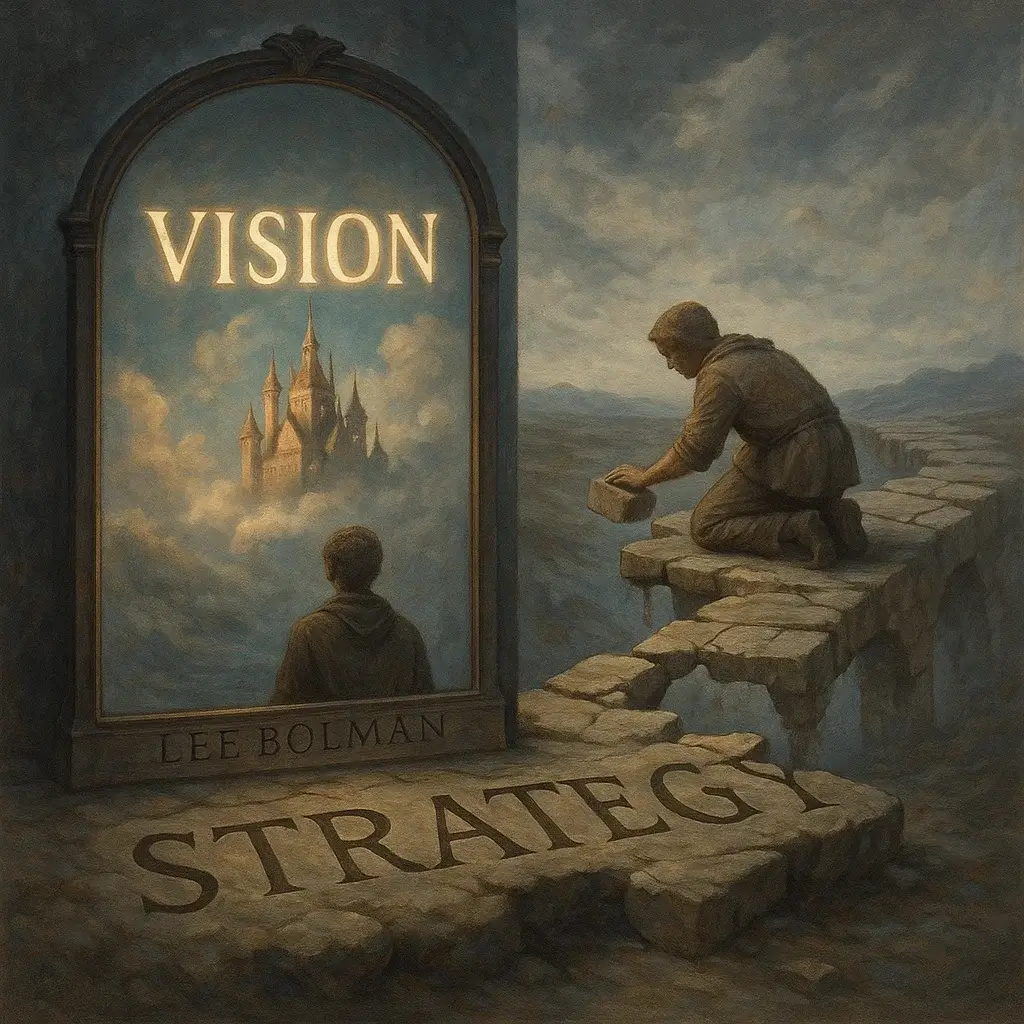
a) Strategic vision & alignment
- They translate business goals, user needs, market positioning, technology constraints, and brand into a coherent experience.
- They define which problems to solve, not just how something looks. They shape product-strategy → experience → interface.
- They help define the right product-market match, user journeys, feature trade-offs, prioritisation, which flows create value, and which don’t.
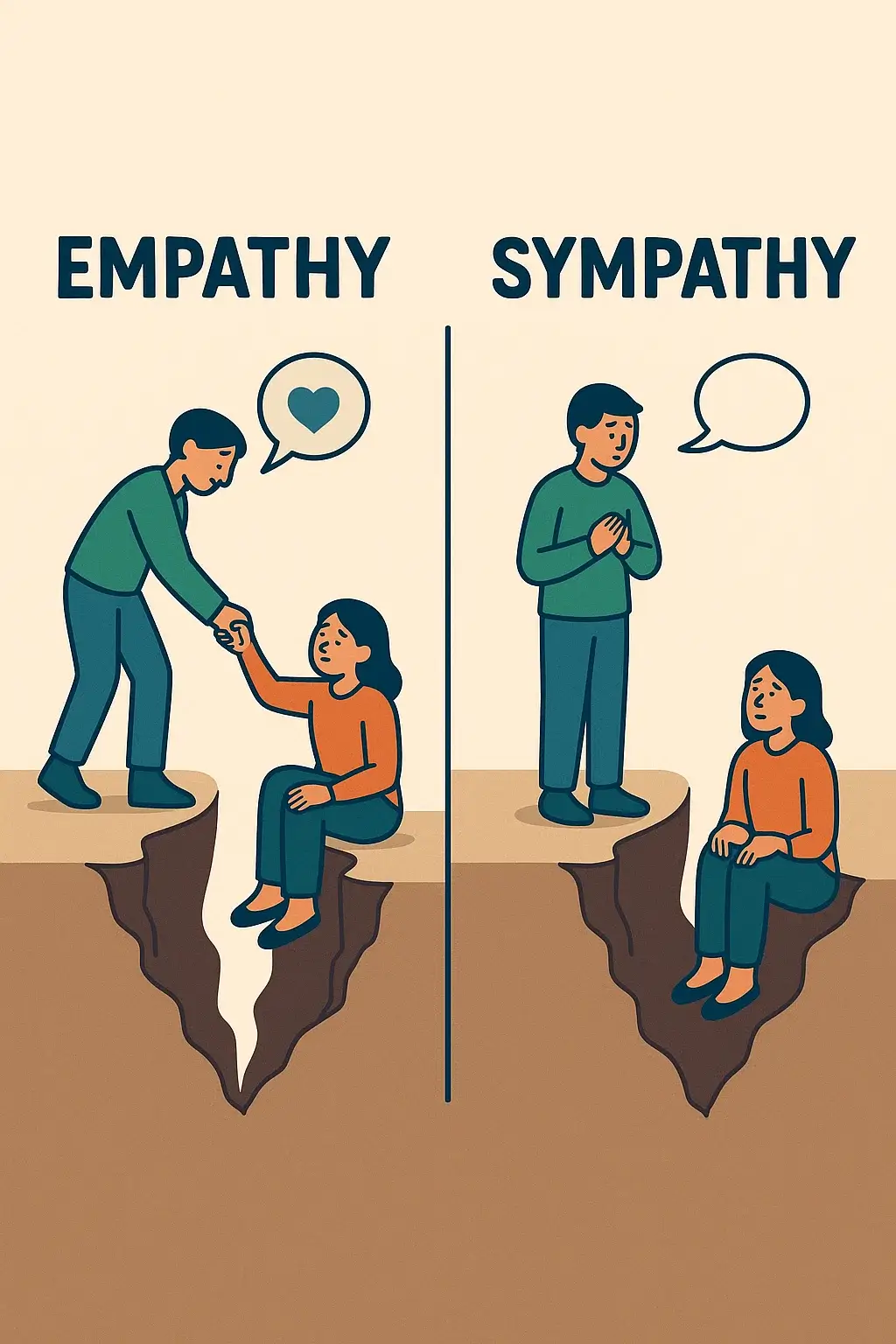
b) User-centred empathy & context
- They conduct user research, map personas and journey maps, and understand pain points, mental models, and behaviours.
- In SaaS, you often deal with multiple user roles (e.g., admin, operator, end-user) and workflows that interlink—the designer ensures alignment across roles.
- They ensure accessibility, inclusivity, and culture-specific adaptation (important, e.g., global SaaS or localised versions). AI tools alone cannot fully grasp human subtleties.
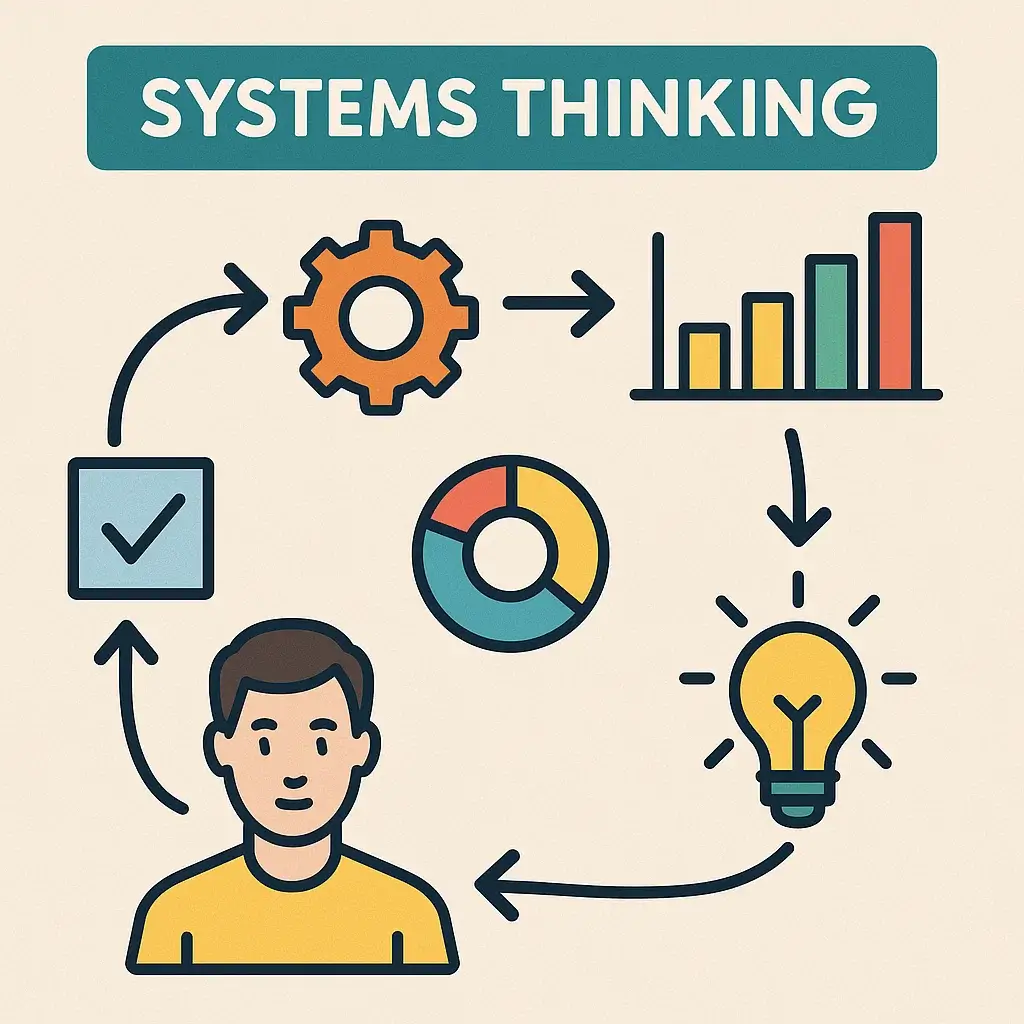
c) System thinking & scalability
- A SaaS product isn’t just “one screen”. It has many flows: onboarding, support, dashboards, power-users, growth loops, and churn prevention. A designer builds systems: reuse, design systems, component libraries, pattern governance, consistency across modules.
- They ensure future-proofing: evolving products, new features, brand updates, and scaling UI/UX. AI-generated one-off screens may lack system coherence.
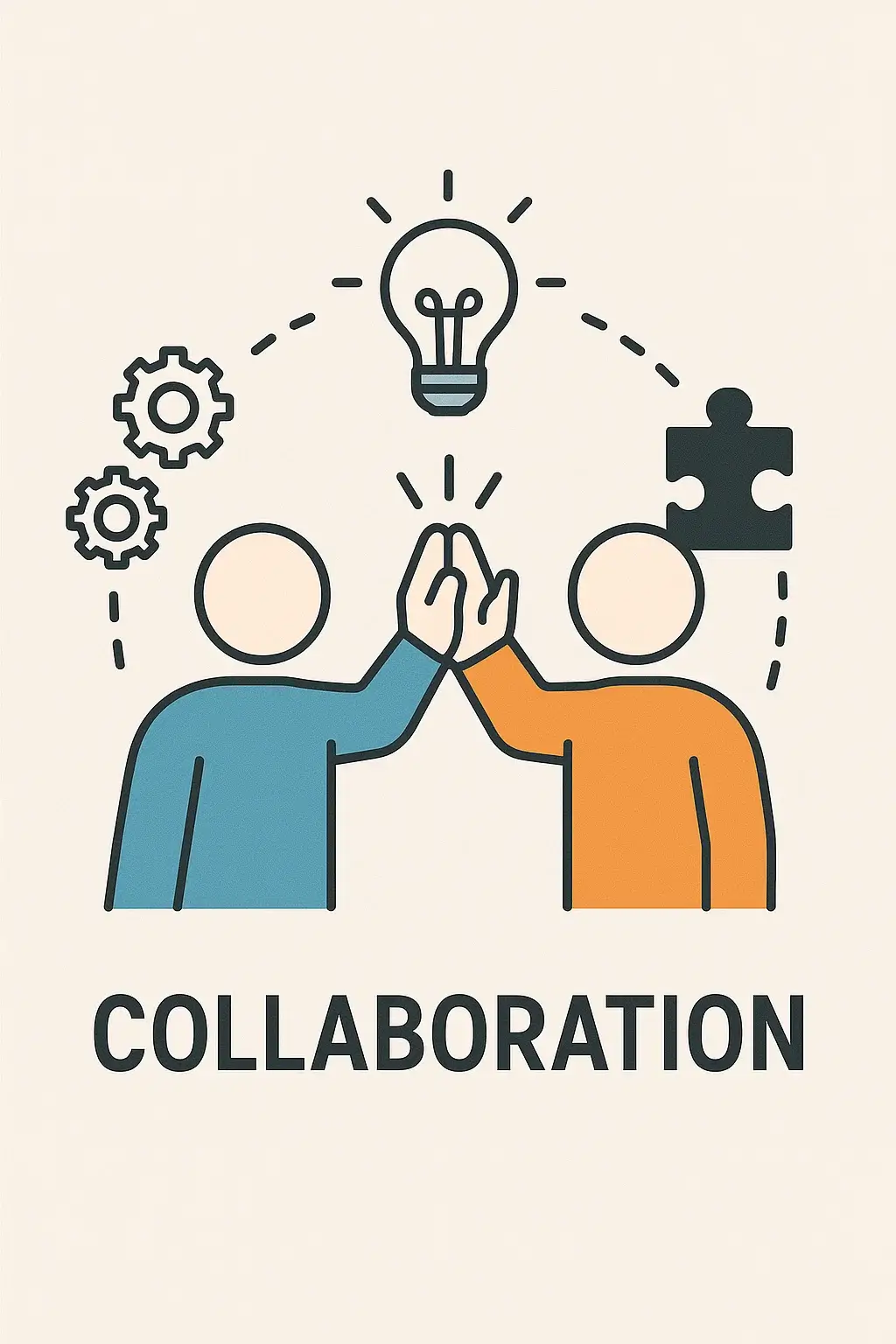
d) Collaboration, facilitation & stakeholder management
- Designers bridge between engineering, product management, marketing, business team, and ops. They speak multiple languages.
- They present rationale, defend decisions, and negotiate trade-offs (scope, performance, technical feasibility). They sell the design—not just produce it. Medium
- They translate business-oriented UX decisions into developer-ready specifications, design systems, hand-offs, and prototypes.
- They manage iterations, versioning, and feedback loops.
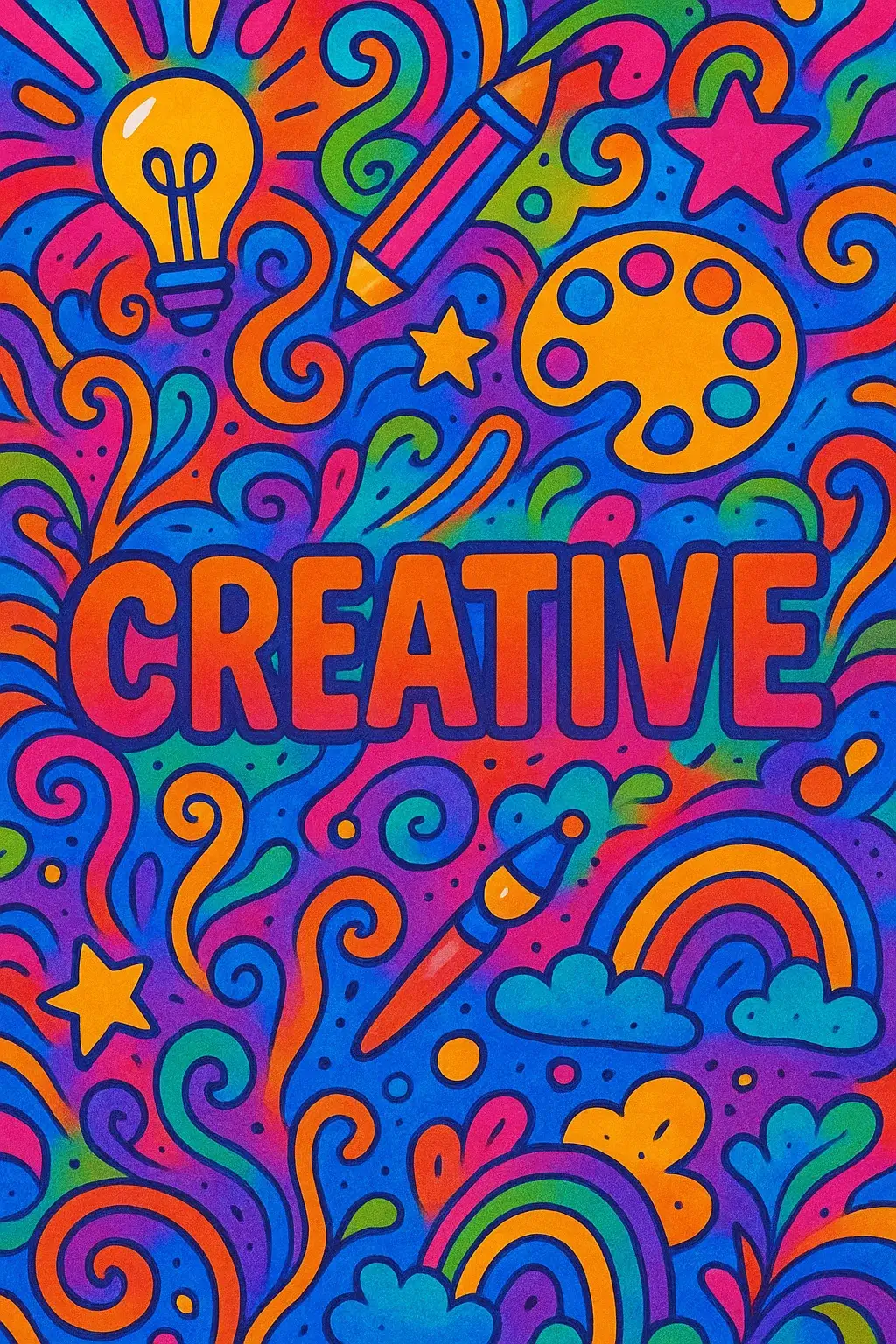
e) Creative judgement, taste & innovation
- One article put it succinctly: “AI is derivative… it can’t touch taste.”
- Designers bring the ability to innovate, deliberately break patterns, craft unique brand experiences, and surprise or delight users in ways AI hasn’t seen or been trained to recognize.
- They ask: “Is this right for our users? Does it align with our unique value proposition?” Not just “Can AI draw it?”
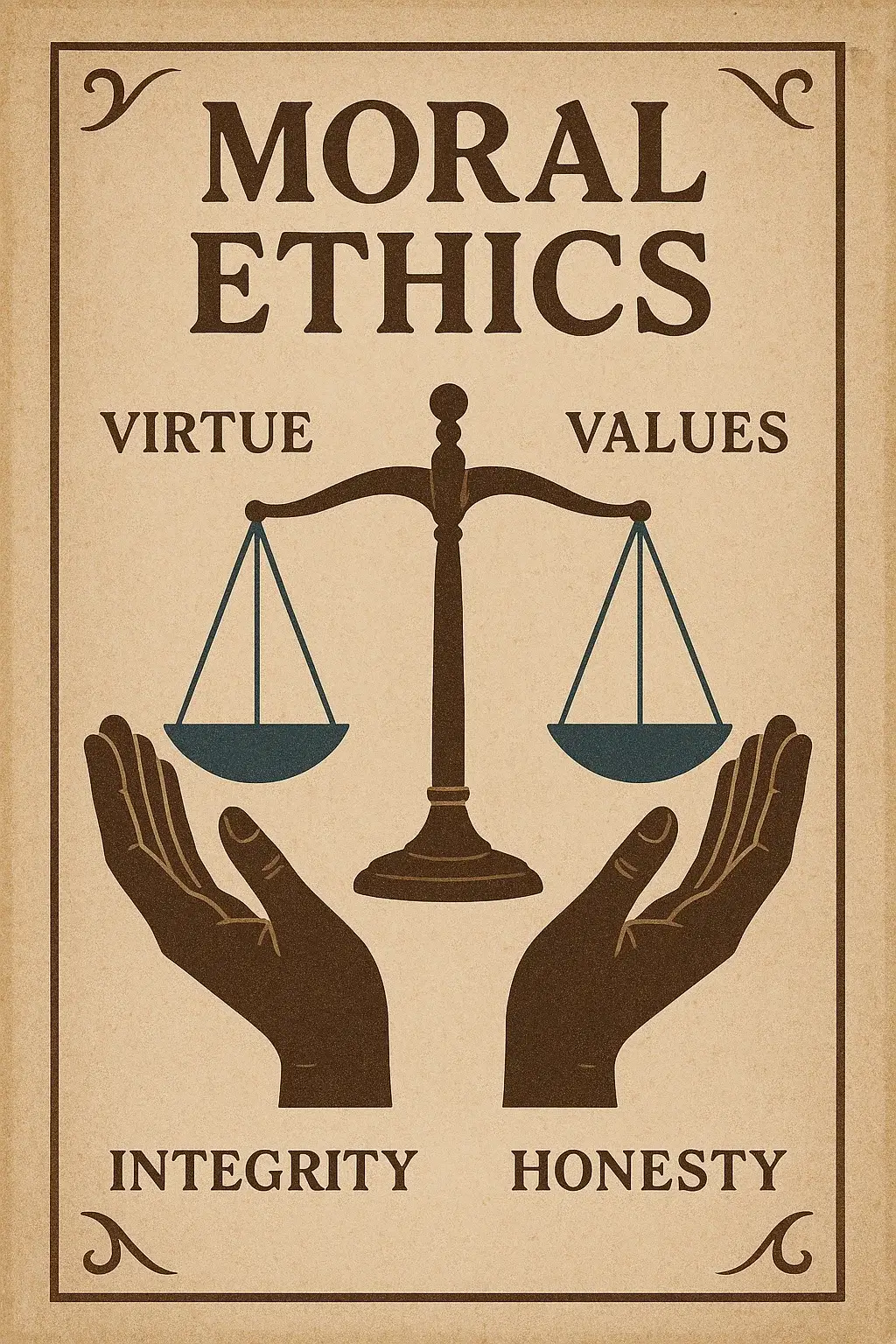
f) Ethical, contextual, and business constraints
- SaaS products often operate under compliance, data privacy, security, localisation, accessibility, and brand voice. Designers know how to weave these into flows and experiences.
- They anticipate failure states, error flows, trust signals, and model biases (mainly when AI features are built into the product), and design accordingly. E.g., if your SaaS uses AI features, the designer ensures the UI handles uncertainty, fallback flows, and transparency.
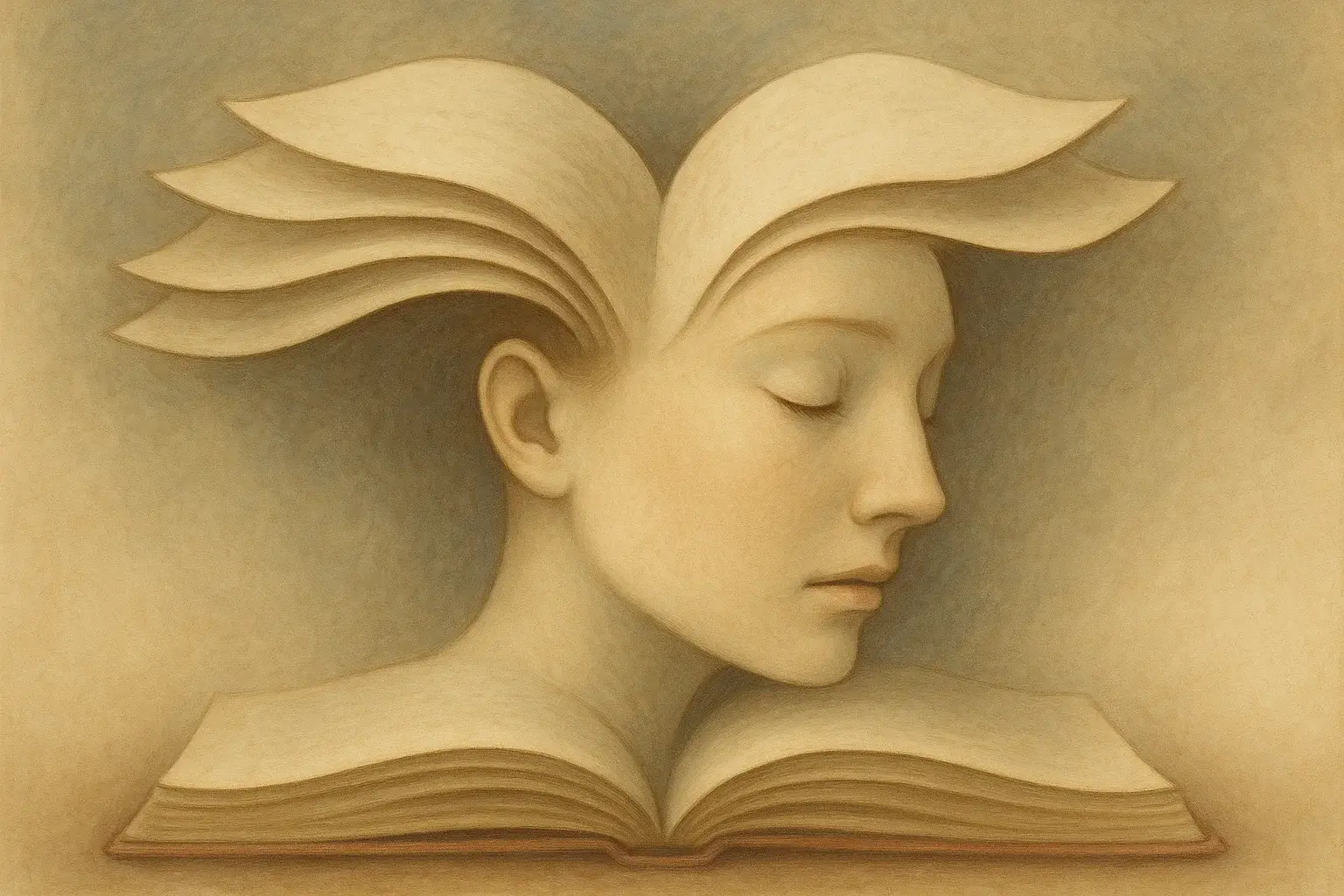
How AI tools shift the designer’s role
As AI becomes more powerful, the role of a product designer is evolving. If you’re hiring a designer today for a SaaS product, here’s what you should expect in the new world:
- The designer becomes more of a sense-maker or strategist than a purely screen-maker. They interpret input (user data, business goals, brand strategy) and shape flows accordingly.
- They become the curator of AI-augmented workflows: using AI tools to speed up ideation, generate variants, prototype fast—but they filter, adjust, iterate, and bring the human lens.
- They emphasise process, system, and ecosystem. With AI generating many variants, the challenge shifts to selecting, refining, and aligning.
- They focus on higher-order design problems: how does the product scale? How do we reduce churn? How do we support growth loops? How do we build a design system?
- They become guardians of quality, coherence, brand, accessibility, and inclusion in an imperfect AI-augmented workflow.
Using AI tools doesn’t reduce the need for designers—it shifts what designers do.
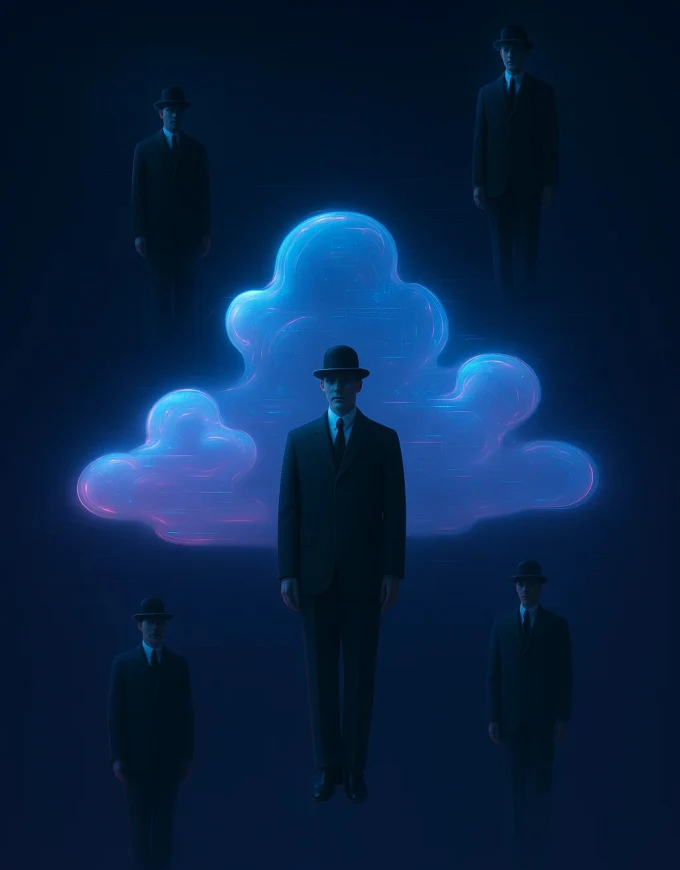
TL;DR: When you still must hire a designer
Here are concrete scenarios in the SaaS world when hiring a designer is not optional:
- If your product serves multiple user roles (admins, users, power users, external non-tech users) and has complex flows, onboarding, retention, and churn.
- If you have a brand value and differentiation needs, you’re not just copying a standard UI template; you are building a unique experience.
- If you aim to scale—adding more features, modules, and product lines—you need a design system and governance.
- If you care about accessibility, globalisation, inclusivity, or working under compliance/regulation.
- If you want more than “good-looking screens,” you want strategy, product growth, user delight, and sustainable UX.
- If you’re working in a competitive market where user retention, delight, efficiency, and differentiation matter (which, for SaaS, is typically the case).
Conversely, if you’re building a straightforward MVP, a one-off landing page, or an internal tool with limited users and you need something functional fast, perhaps an innovative AI tool + template + a non-specialist could suffice. But that is very much a limited scenario, not a long-term product strategy.
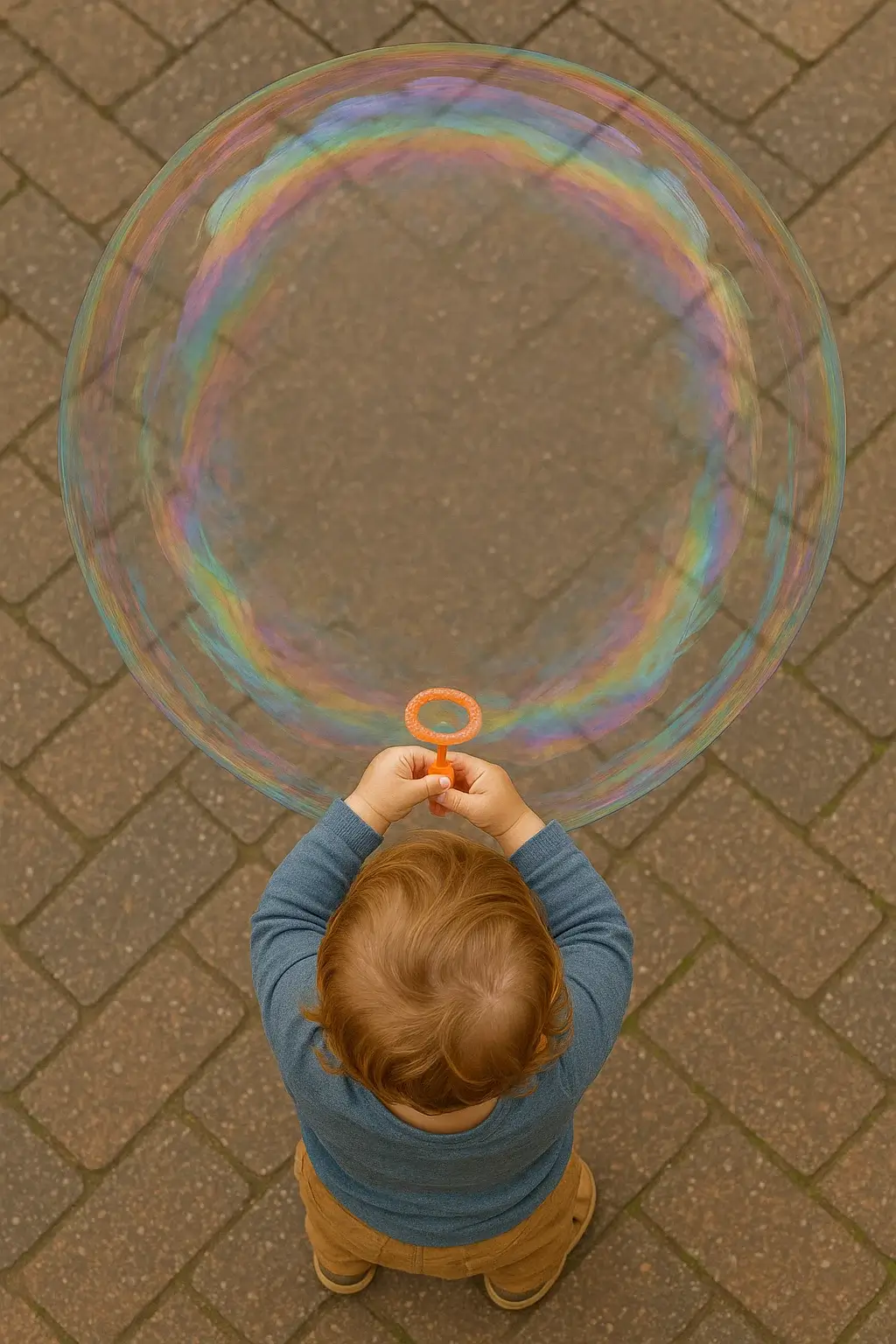
How to hire the right product designer in an AI-augmented world
Given the shift above, here are some questions and traits to look for when hiring the designer:
- Are they strategists? Can they talk about business goals, user retention, and growth loops —not just “nice screens”?
- Do they demonstrate systems thinking? Design systems, reusable components, and scalable flows.
- Can they facilitate and collaborate? Work with product managers, engineers, and stakeholders, and iterate based on feedback.
- Are they comfortable with AI-augmented workflows? They should know how to use AI tools as helpers while still bringing a human lens.
- Do they emphasise empathy and user research? Understanding users, testing with real people, and iterating based on data.
- Do they have taste and judgement? Not just following the latest template or fad, but deciding what’s right for your product and brand.
- Are they aware of ethics, inclusivity, accessibility, and trust? Especially important in SaaS, where the user base is broad.
- Can they communicate design rationale? Because it’s not enough to show a screen—they must explain why, in product/UX terms.
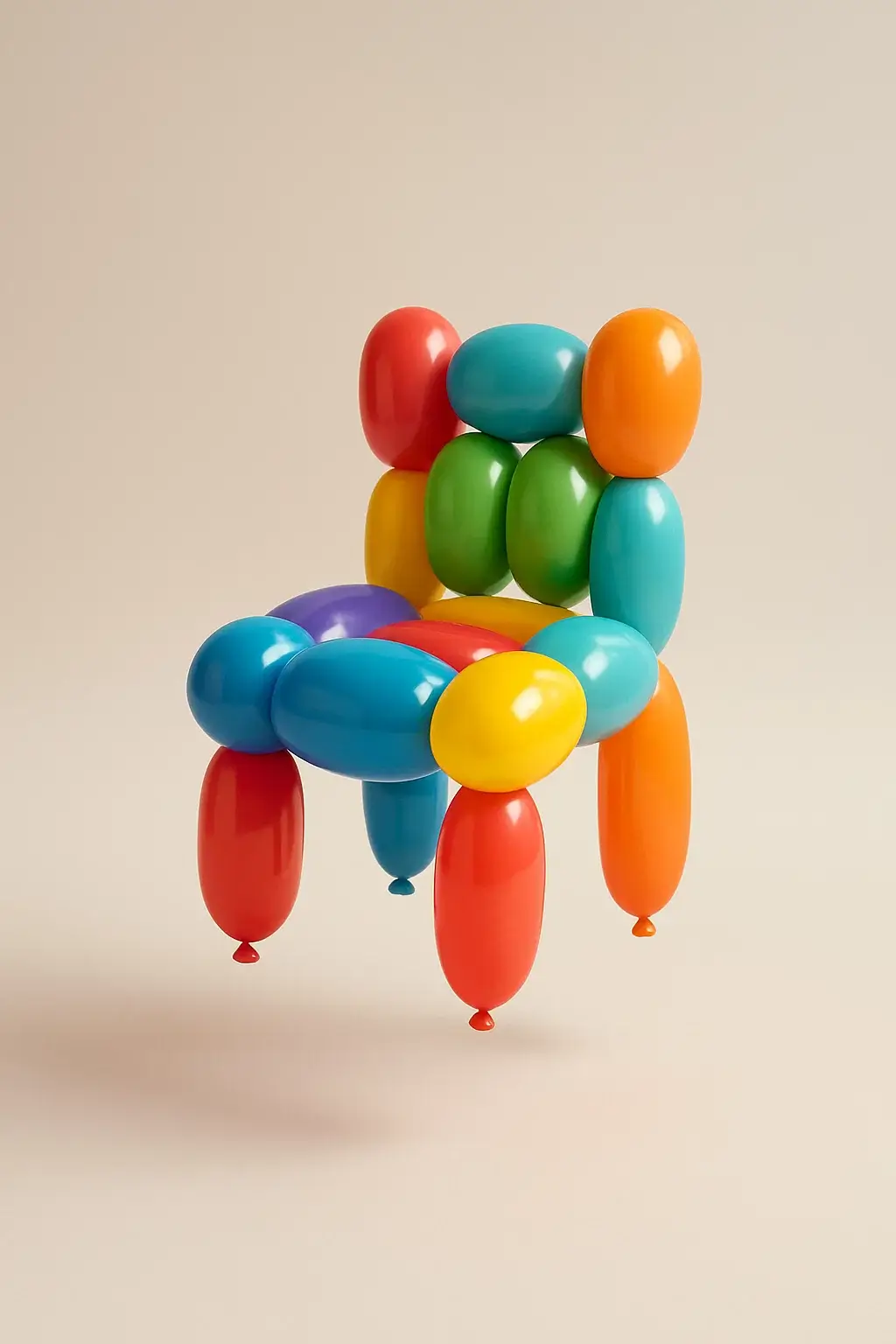
Okay, but what about the future?
I get it — AI is improving fast. Some tools can now mimic a designer’s thought process surprisingly well. And maybe in a few years, the line will blur even more.
But even then, I think human designers will still matter. Not because they’re faster (AI wins there), but because they can navigate the grey areas — where business goals, human psychology, and ethics collide.
For example, should your AI feature auto-fill user data for convenience, or ask for explicit consent? That’s not a design decision—it’s a values decision.
AI won’t tell you what feels “right.” A designer will. Or at least, they’ll try to.
AI Makes UI. Designers Make Products.
In short
It can’t dream. It can’t negotiate. It can’t care.
A SaaS product designer, meanwhile, brings vision, context, empathy, and, yes, a bit of beautiful imperfection.
They build not just what users see — but what users feel.
So, the next time someone says, “AI can design this for us,” maybe smile and say, “Sure, it can draw it. But can it understand it?”
Because that’s where design truly begins.
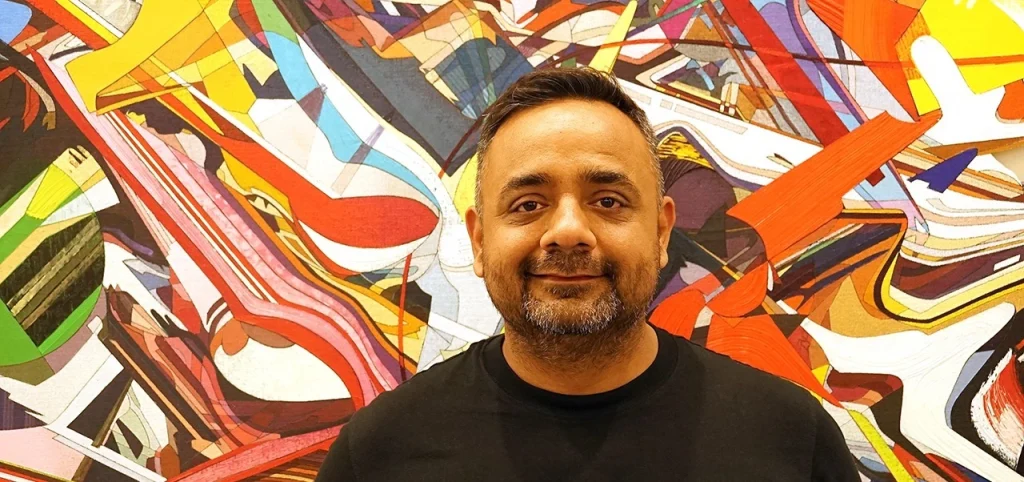
Need Help Designing a SaaS Product That Actually Feels Human?
If you’re building a SaaS platform — and you want it to feel as good as it functions — I can help.
I conduct detailed UX Audits, create scalable Design Systems, and craft human-centered interfaces that grow with your product.
👉 Let’s talk about your project
Sometimes, all it takes is a single conversation to move from looking good to working great.
